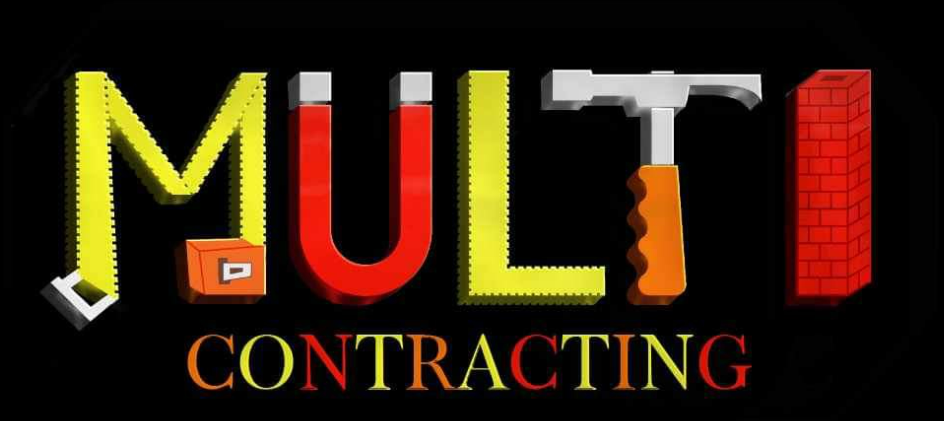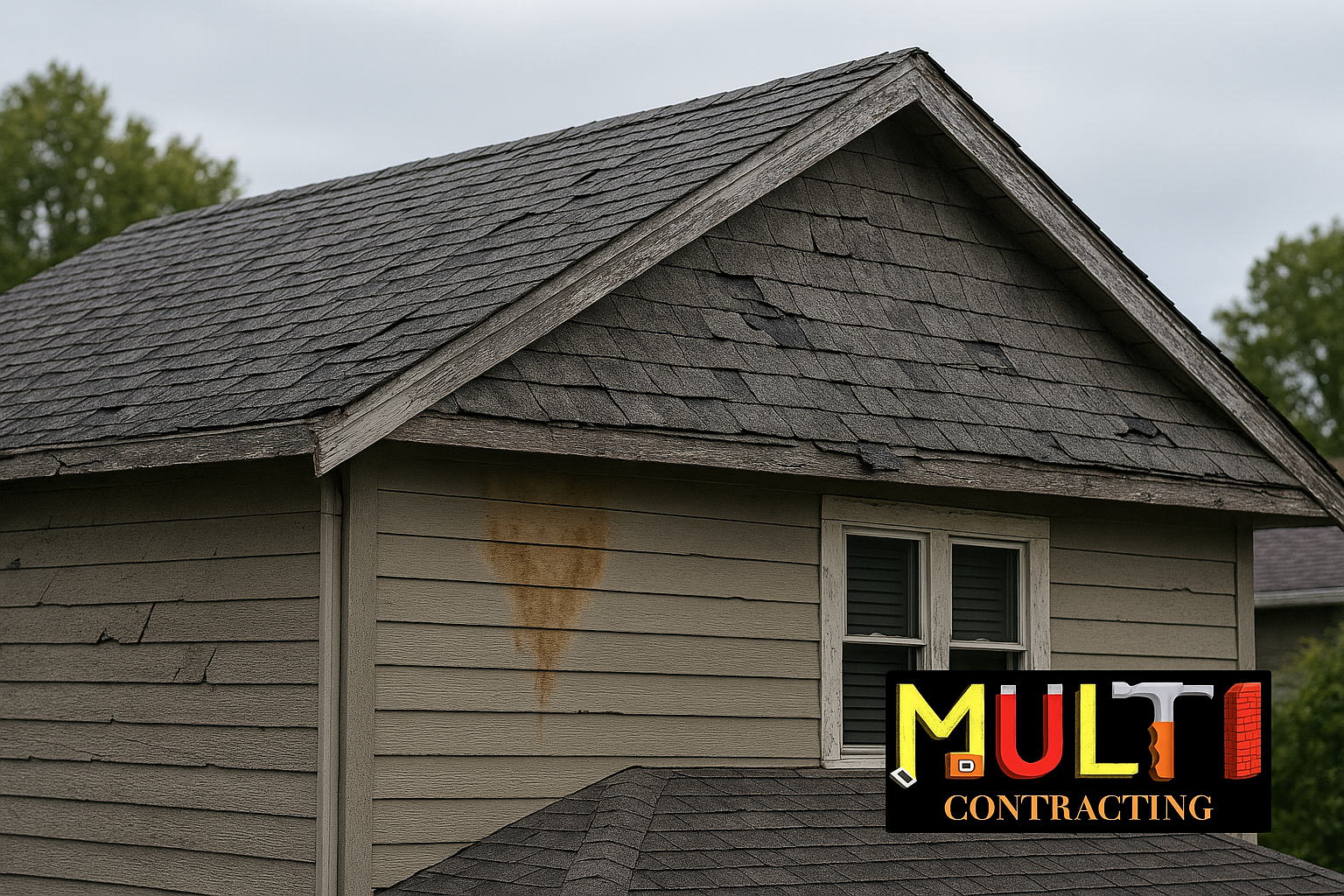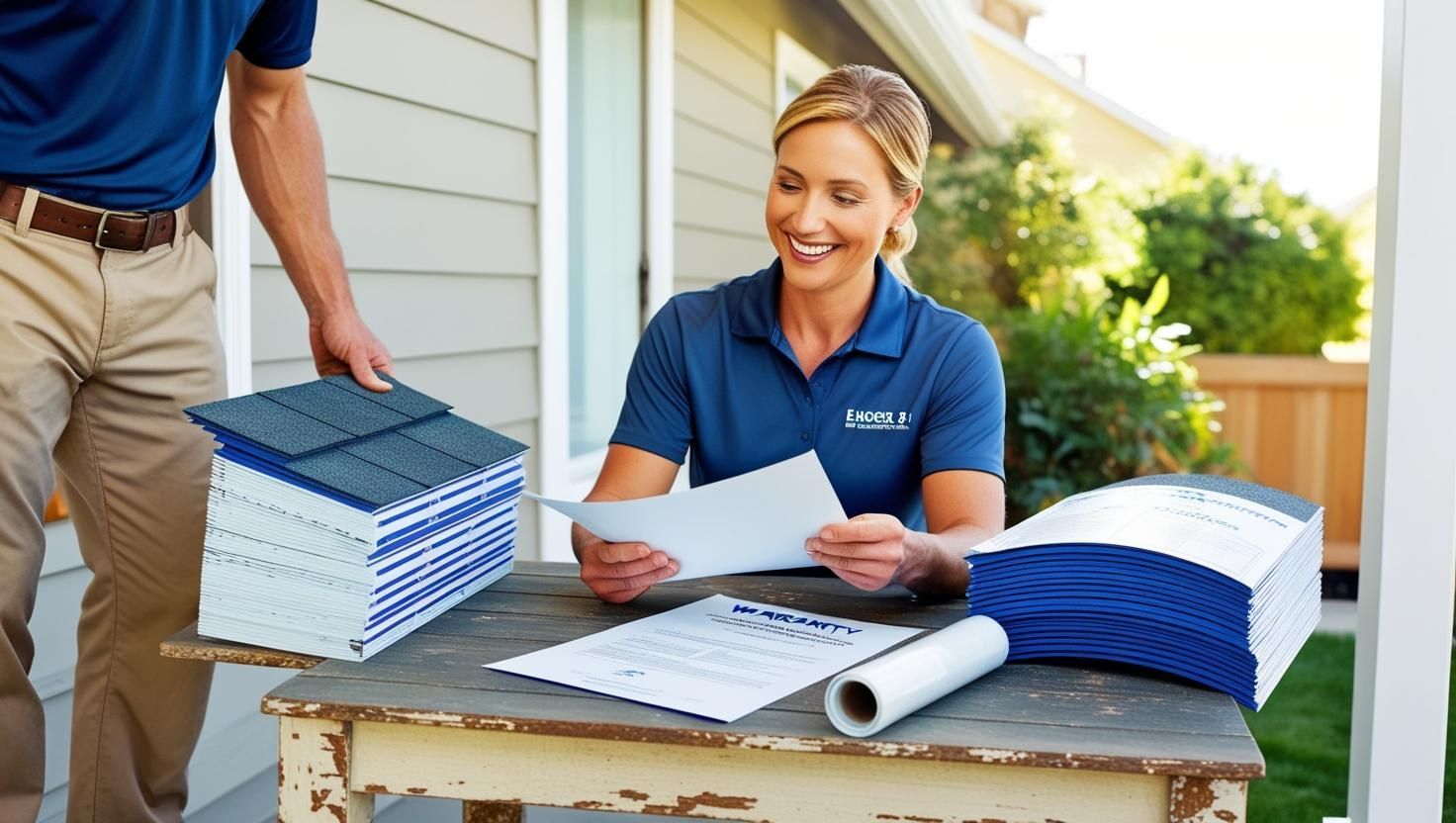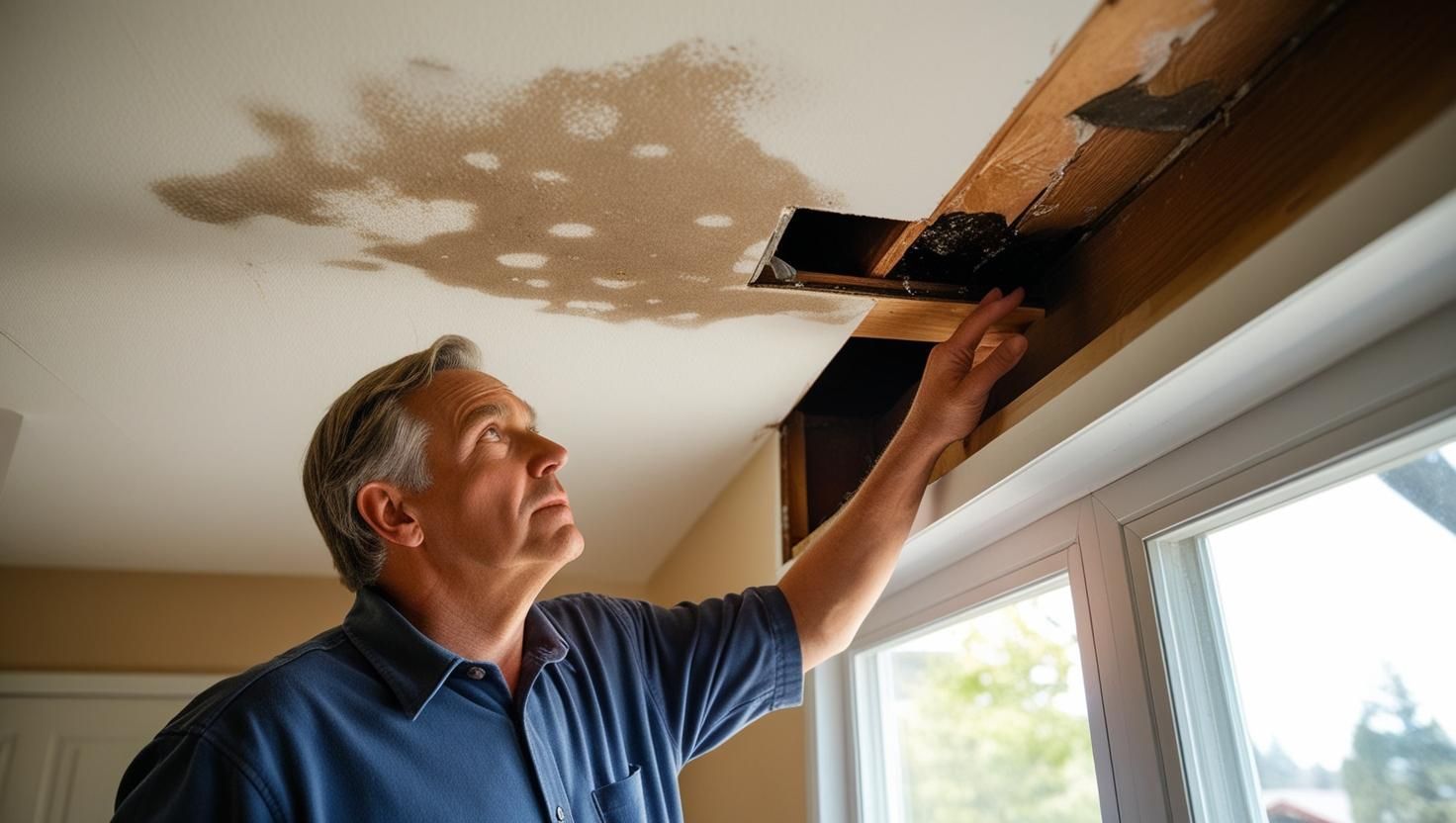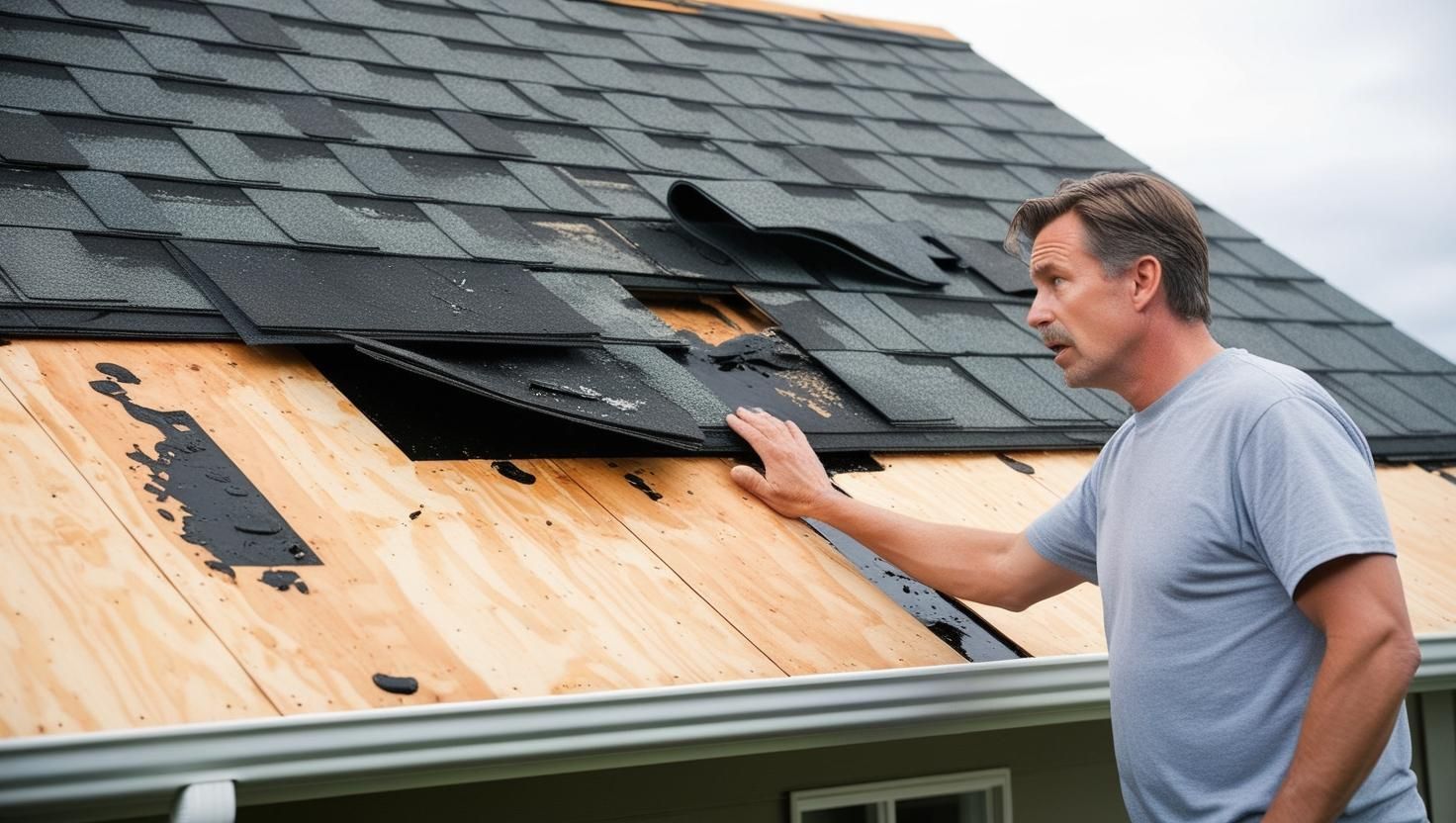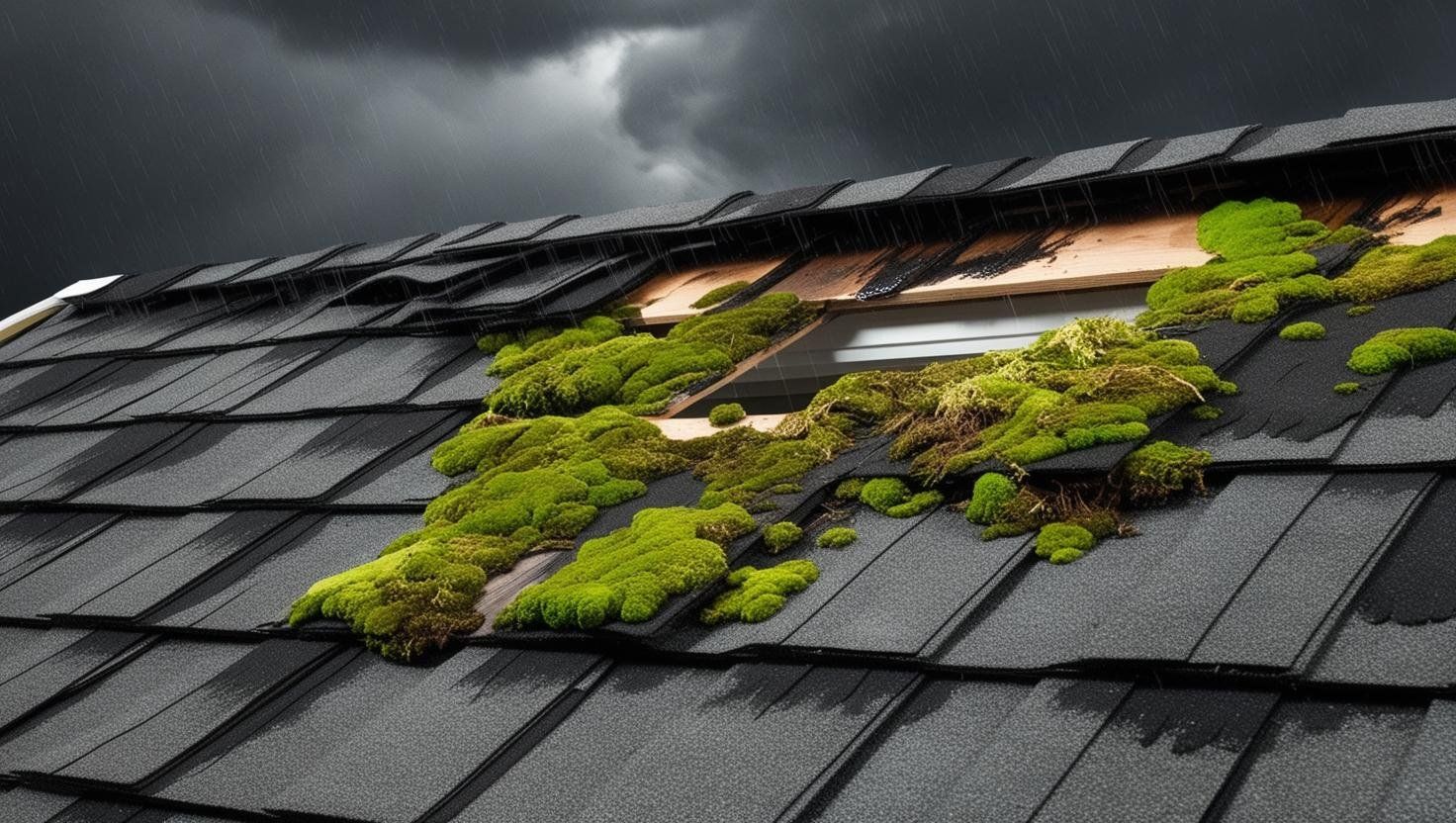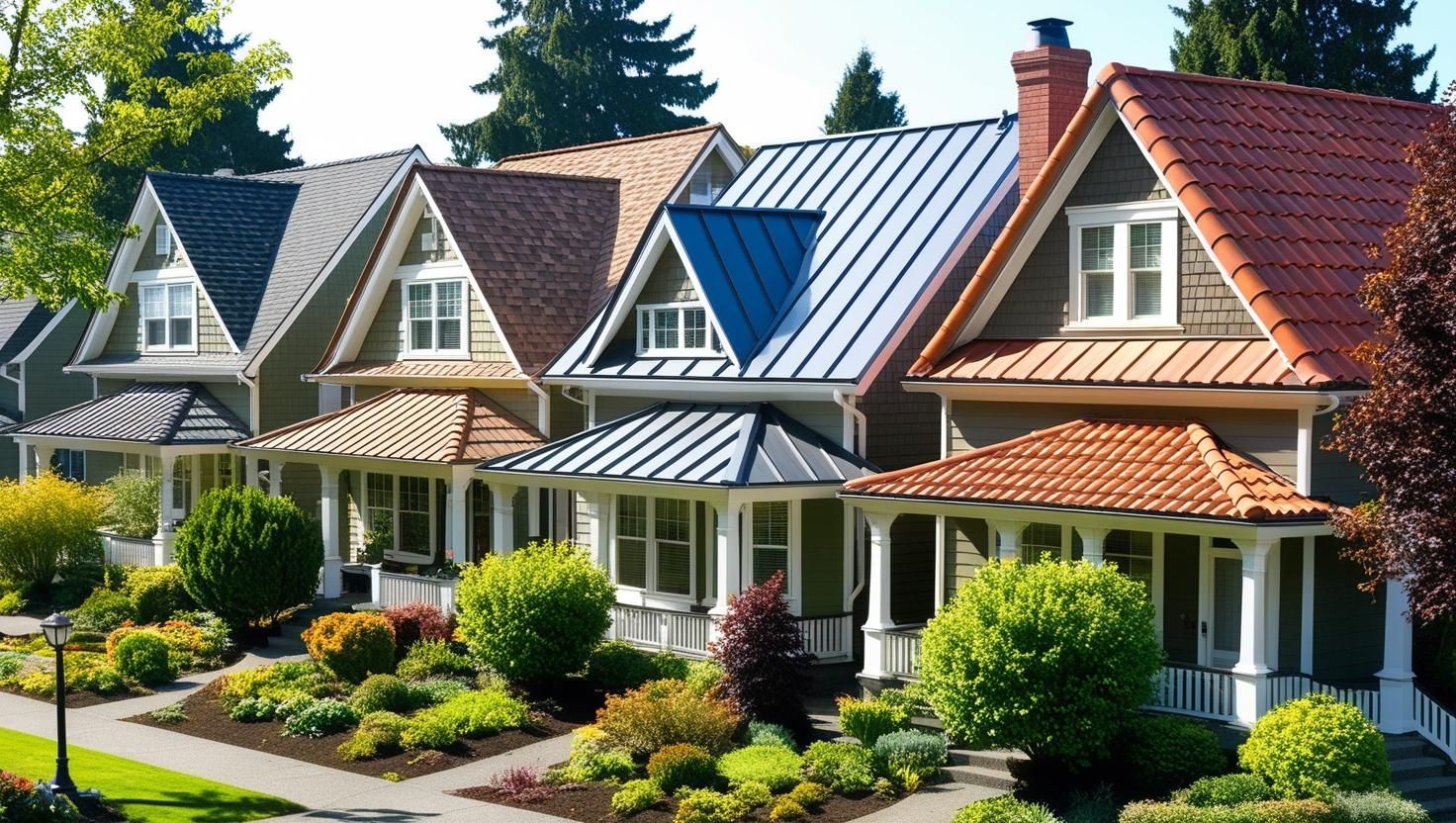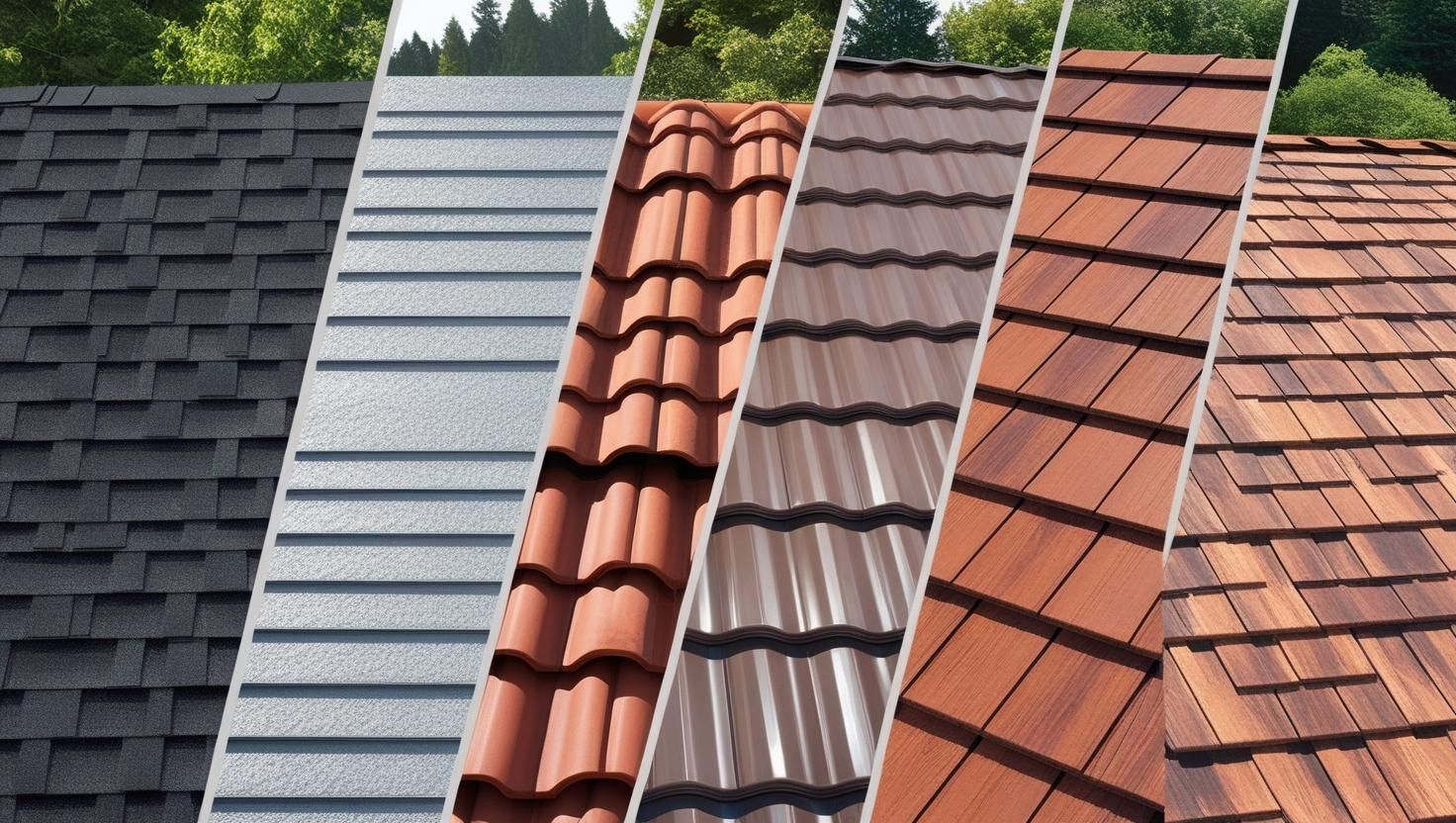When Is It Time to Replace a Roof Instead of Repairing It?
Signs That Indicate It’s Time for a Roof Replacement
1. The Age of Your Roof
The lifespan of a roof varies depending on the materials used. Asphalt shingles, the most common roofing material, typically last 20-30 years. If your roof is approaching or has surpassed its expected lifespan, it may be more cost-effective to replace it rather than continue with frequent repairs.
2. Extensive Damage or Wear
If your roof has suffered widespread damage from storms, wind, or other environmental factors, replacement may be the best option. Common signs include:
- Large sections of missing or damaged shingles.
- Visible sagging in the roof structure.
- Persistent leaks despite multiple repairs.
3. Recurring Leaks and Water Damage
Frequent leaks can lead to water damage inside your home, causing mold, mildew, and compromised structural integrity. If repairs don’t resolve these issues, a replacement ensures long-term protection.
4. Rising Energy Bills
An aging or damaged roof can impact your home’s insulation and ventilation, leading to higher heating and cooling costs. Replacing the roof with modern, energy-efficient materials can significantly reduce energy consumption.
5. Aesthetic Concerns
If your roof looks worn, faded, or mismatched due to multiple patch repairs, a replacement can enhance your home’s curb appeal and overall value.

Benefits of Replacing Your Roof
1. Long-Term Cost Savings
While a roof replacement involves a higher upfront cost, it eliminates the need for frequent repairs, saving you money in the long run.
2. Enhanced Energy Efficiency
Modern roofing materials offer better insulation and reflectivity, reducing energy bills and improving indoor comfort.
3. Increased Property Value
A new roof adds significant value to your home, making it more appealing to potential buyers.
4. Peace of Mind
A replacement ensures your home is fully protected, reducing the stress and inconvenience of recurring roofing issues.
Factors to Consider When Deciding Between Repair and Replacement
1. Cost Comparison
Compare the cost of repairs versus replacement. If repairs exceed 50% of the cost of a new roof, replacement is often the better choice.
2. Roof Inspection Results
A professional roof inspection can reveal hidden issues, such as structural damage or deteriorating underlayment, that may necessitate a replacement.
3. Material Type and Availability
Some older roofing materials may no longer be available, making it challenging to match repairs seamlessly. Replacing the roof ensures a cohesive and modern look.
4. Climate and Environmental Factors
Eugene’s wet and windy weather can accelerate roof wear. Investing in a durable replacement suited to local conditions offers better long-term protection.
Conclusion
Deciding between roof repair and replacement is a significant decision for homeowners in Eugene, OR. By understanding the signs of roof deterioration and consulting a trusted professional like Multi Contracting, LLC, you can make an informed choice that protects your home and enhances its value. Contact us today to schedule an inspection and find the best solution for your roofing needs.
FAQs About Roof Replacement
How often should a roof be replaced?
The frequency depends on the material. Asphalt shingles last 20-30 years, while metal and tile roofs can last 50 years or more.
Can I stay in my home during a roof replacement?
Yes, roof replacements are typically non-invasive, allowing you to remain in your home during the process.
Does insurance cover roof replacement?
It depends on your policy and the cause of the damage. Insurance often covers replacement due to storms or other covered events.
How long does a roof replacement take?
Most replacements are completed within 1-3 days, depending on the roof’s size and complexity.

